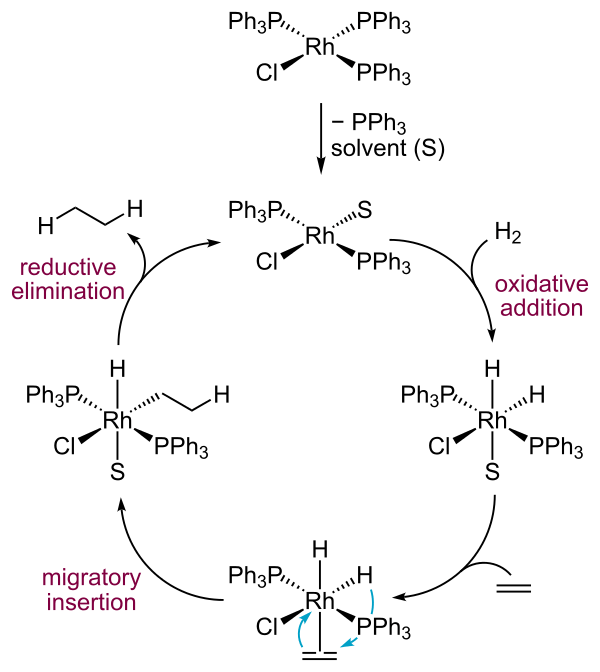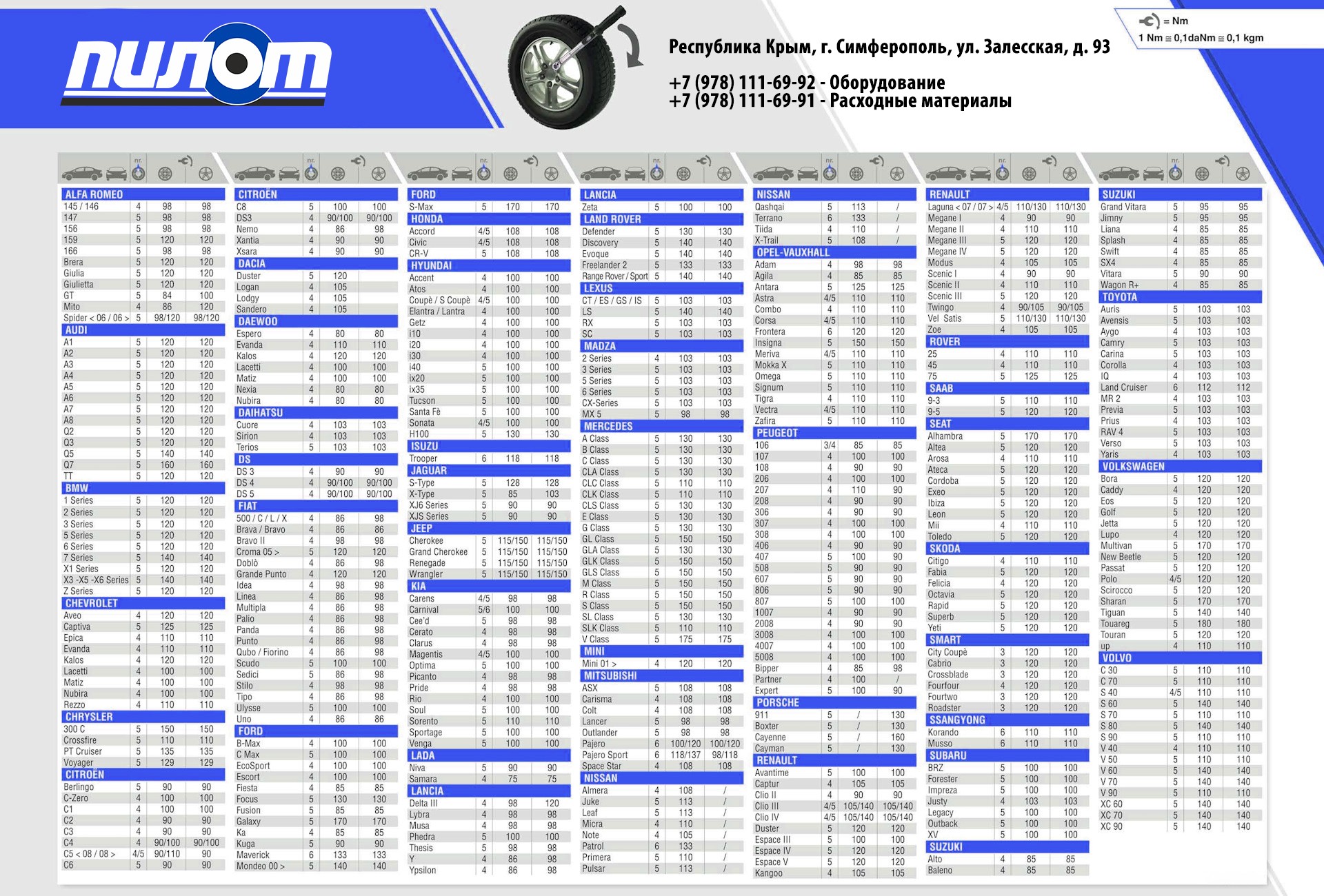
Что такое гидрирование двигателя и стоит ли это делать?
Содержание
- Что дает гидрогенизация двигателя и о чем она?
- Что такое нагар и почему он накапливается в деталях двигателя?
- Что вызывает образование нагара в двигателе?
- Почему растет популярность гидрогенизации двигателя?
- Гидрогенизация приводного агрегата — какие последствия это дает?
- В каких автомобилях не рекомендуется гидрирование?
- Стоит ли гидрировать двигатель?
Из статьи вы узнаете, что такое наводороживание двигателя и какие могут быть причины накопления нагара в камере сгорания. Также мы расскажем, действительно ли эта услуга приносит результат.
Что дает гидрогенизация двигателя и о чем она?
В процессе сгорания на стенках моторного отсека образуется белый налет, называемый нагаром. Что именно это такое, мы расскажем вам далее по тексту. Гидрогенизация двигателя помогает избавиться от нежелательного потускнения. Весь процесс является неинвазивным и не требует разборки приводного устройства. Специальная машина в процессе электролиза дистиллированной воды создает смесь водорода и кислорода. Оператор прокачивает его через впускной коллектор в двигатель.
Как известно, водород — взрывоопасный газ, но при определенных условиях он только повышает температуру горения. Проходя через выхлопную систему, систему впуска и камеру сгорания, он вызывает явление пиролиза, т.е. выгорание нагара. Образовавшаяся в процессе сгорания сажа выбрасывается через систему выпуска отработавших газов. Самое главное, что весь процесс можно провести неинвазивно, и ведь нет необходимости заменять какие-либо компоненты или фильтры.
Что такое нагар и почему он накапливается в деталях двигателя?
Нагар представляет собой зеленый или белый налет, который появляется на стенках моторного отсека, поршнях и других компонентах как бензиновых, так и дизельных двигателей. Образуется в результате смешения топлива с моторным маслом и является производным явления спекания и закоксовывания масла с полутвердыми веществами, содержащимися в топливе.
Что вызывает образование нагара в двигателе?
- В конструкции двигателей современных автомобилей используется непосредственный впрыск топлива, вызывающий отложения на впускных клапанах,
- использование топлива из ненадежных источников или низкого качества,
- неподходящее масло, а то и вовсе переработанное и вовремя не замененное,
- агрессивный стиль вождения приводит к перегреву моторного масла,
- вождение автомобиля на низких оборотах,
- масло попадает в камеру сгорания,
- езда с холодным двигателем.
Почему растет популярность гидрогенизации двигателя?
Нагар в двигателе — проблема, с которой механики боролись с момента создания первого силового агрегата. Его избыток вызывает снижение производительности, повышенный расход топлива и влияет на срок службы двигателя. Современные автомобили должны соответствовать жестким нормам по выхлопным газам и выбросам СО2 в атмосферу, поэтому их двигатели оснащены множеством систем доочистки. которые при этом способствуют образованию белого осадка.
Гидрогенизация двигателя гораздо менее инвазивна, чем химическая промывка, она позволяет очистить сажевый фильтр DPF, не разбирая головку или какую-либо часть двигателя. Вводимая через впуск двигателя смесь повышает температуру выхлопных газов, благодаря чему выхлопная система также очищается при их выбросе.
Гидрогенизация приводного агрегата — какие последствия это дает?
Гидрогенизация двигателя становится все более популярной услугой, и это неудивительно, ведь она приносит много пользы. Работа двигателя выравнивается, вибрации снижаются. Автомобиль восстанавливает свою первоначальную мощность и рабочую культуру. Если вы боролись с проблемой выхлопного дыма, он должен исчезнуть после гидрогенизации. В течение всего процесса частицы смеси достигают каждого закоулка, позволяя восстановить полную работоспособность приводного агрегата.
В каких автомобилях не рекомендуется гидрирование?
Гидрирование двигателя может творить чудеса, но не все силовые агрегаты подходят для очистки таким способом. Процесс пиролиза следует проводить только на эффективных и обслуживаемых двигателях. В сильно эксплуатируемых моторах при выгорании нагара двигатель может разгерметизироваться.
Стоит ли гидрировать двигатель?
Удаление нагара с двигателя приносит видимые результаты. Однако необходимо учитывать, что весь процесс может выявить какие-то серьезные неисправности, либо в сильно эксплуатируемом двигателе привести к его вскрытию.
